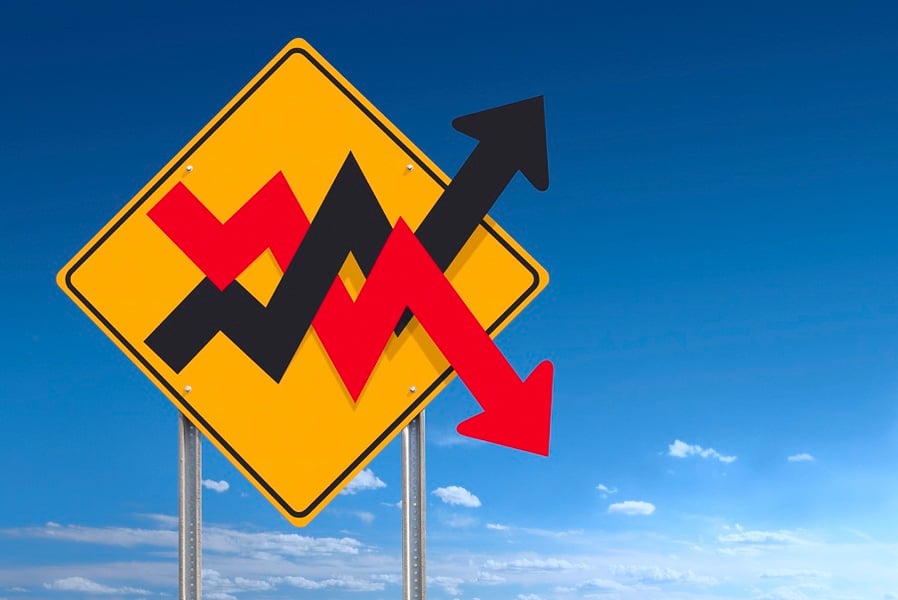

Bulls are charging around in stock-market forecasts, but to Stifel, Nicolaus & Co.’s Barry Bannister, this rally looks like a 1990s dot-com bubble all over again.
Breaking with the Wall Street consensus that US stocks can keep climbing, the strategist expects the S&P 500 Index to plunge to the “very low” 5,000s by the fourth quarter, a roughly 13% decline from the benchmark’s closing price of 5,713.64 on Thursday.
His bearish warning is a notable contrarian call at a time when most market forecasters have been raising their S&P 500 forecasts through much of this year to keep up with a 20% rally in the index. In the past week, Deutsche Bank AG and BMO Capital Markets were the latest to do so, with BMO betting the gauge could surpass the 6,000 level by year end.
Bannister, on the other hand, sees a multitude of risks. He said while a “three-year generation high” on the price-to-earnings ratio of the S&P 500 and the outperformance of growth versus value stocks may look rosey, peaks in those trends have always preceded bear markets for the past 90 years. Waning labor demand that is symbolic of recession risk, is also a headwind, among other considerations.
“It takes one generation to forget the dangers of a bubble, and it is Groundhog Day versus the 1990s Tech Bubble,” Bannister wrote to clients in a Sept. 19 note. “Just as countries that go rogue become almost uninvestable, investors caught in the grips of a speculative fever become almost unanalyzable.”
US stocks stumbled on Friday after the S&P 500 logged its 39th closing record this year on the heels of a half-point interest rate cut by the Federal Reserve. While policy easing usually bodes well for risk appetite, investors remain on edge. There is potential volatility ahead with the US presidential election in November, plus US stocks are already up double digits year-to-date.
In his warning, Bannister said it’s not all about the Fed’s direction. Strong markets in the past happened when the US was “essentially unchallenged,” something that is not the case today given geopolitical risks posed by China, Russia, Iran and North Korea.
The forecaster was one of few strategists to correctly predict the stock rally in the first half of 2023 while most of his peers delivered recession warnings. But then Bannister took a bearish turn, first predicting flatness in the S&P 500 and now a big drop — views that have so far failed to materialize. Ahead of the summer, he was right in calling a correction, with the US stock gauge falling as much as 8.5% from peak to trough during August’s bout of volatility, though the index is back to trading at all time highs.
Before his most recent call, Bannister had said in June that the S&P 500 has a shot at reaching 6,000 because of bubble-like mania, only to see it plunge as low as 4,750 before the end of the year. The index was trading just under 5,700 on Friday.

Executives from LPL Financial, Cresset Partners hired for key roles.

Geopolitical tension has been managed well by the markets.

December cut is still a possiblity.

Canada, China among nations to react to president-elect's comments.

For several years, Leech allegedly favored some clients in trade allocations, at the cost of others, amounting to $600 million, according to the Department of Justice.
Streamline your outreach with Aidentified's AI-driven solutions
This season’s market volatility: Positioning for rate relief, income growth and the AI rebound
